
28 July – 28 October 2001
The exhibition “Six Centuries of Islamic Art in China” offers a glimpse into the long history of the development of Islam in the Far East and introduces the ten ethnic Muslims minorities of China and material aspects of their culture. The introduction of Islam in China occurred as early as the 7th century CE and developed through trade, travel and territorial expansion. Although never subjected to the rule of a Muslim empire, various Chinese emperors played a part in either directly or indirectly influencing the development of Islam in China.
As time went on, Muslim communities were established that either assimilated with the native population or continued a lifestyle true to their original nomadic or tribal heritage. There are 10 Muslim Chinese Minorities in China: the Hui, Uyghur, Salar, Dongxiang, Kazakh, Kirghiz, Uzbek, Bao’an, Tajik and Tatar. Each minority has a distinct identity; their own spoken, and for some, written language; their own legends, cultural practices and traditional costumes; and they all are strong believers in their faith. Craft items, utilitarian objects, costumes and more serve to illustrate the life and cultural heritage of these intriguing peoples.
From an art historical perspective, the exchanges between East and West Asia resulted in significant developments in both techniques of production, as well as decorative motifs and design. Chinese Islamic ware fused both traditional Chinese and Islamic techniques and decorative styles to create utilitarian objects and object d’art that became distinctive of Muslim China. This can be seen in such objects as metal ware, ceramics and calligraphic works.
*Publication for the exhibition is available at the Museum Shop, please click here for more information.
